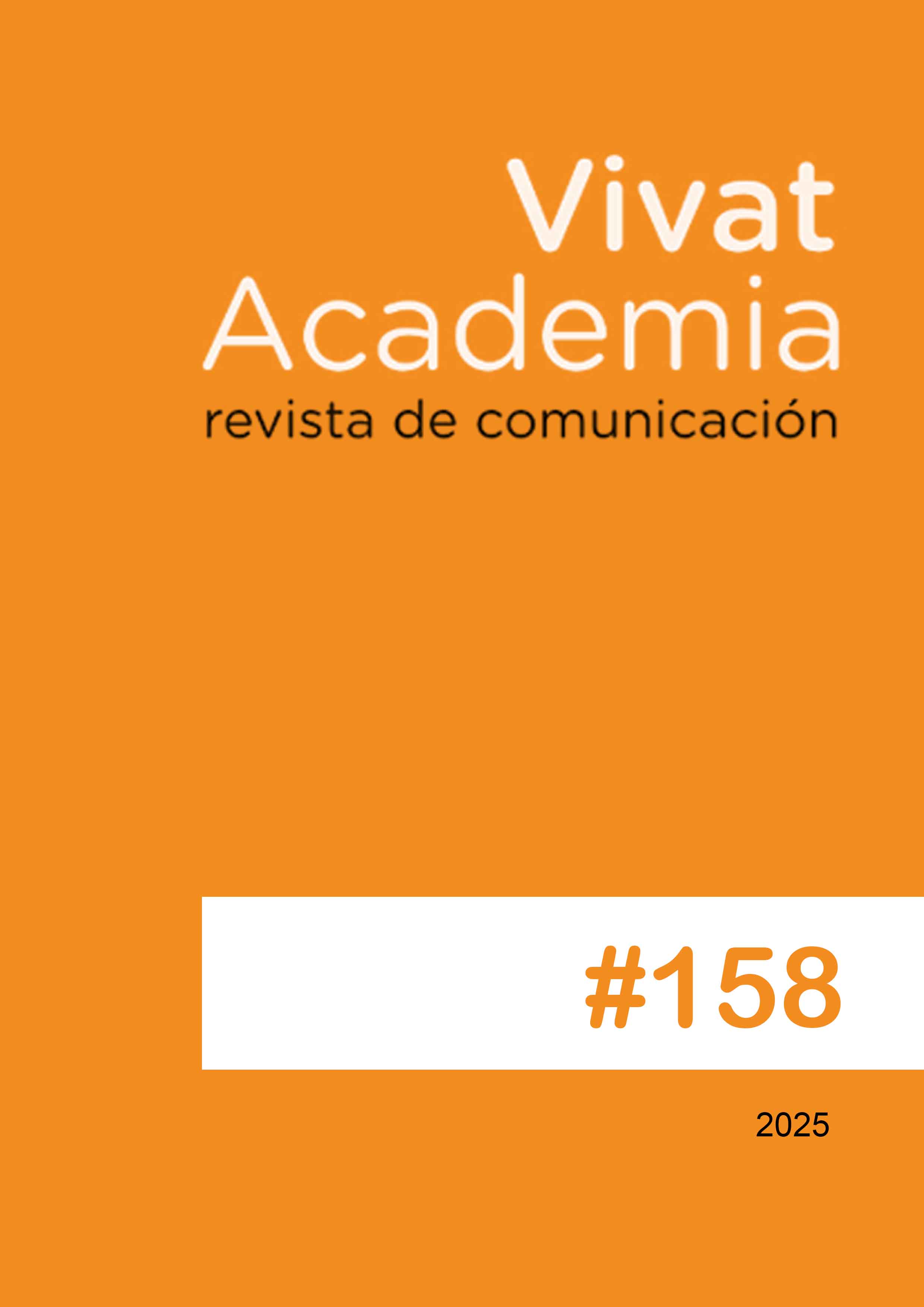Risk communication and earthquake psychology: a research on earthquake news
Main Article Content
Abstract
Introduction: Risk communication is an inseparable part of any immediate reply. Earthquakes are complicated emergencies that exacerbate issues with risk communication and highlight these issues for scientists to communicate about. Turkey is vulnerable to various natural disasters, including earthquakes, floods, landslides, and thunderstorms, due to its geographic location and climate. In the process of dealing with natural disasters, risk awareness and risk communication have become crucial. Methodology: The goal of this study is to examine how the earthquake and risk communication affects society with the content analysis method in the context of the Kahramanmaraş earthquakes, which occurred on February 6. The news on four internet news websites was analyzed using the content analysis method in the context of the earthquakes centered on Kahramanmaraş on February 6. Frequency analyses were made in the context of the determined research questions and topics. Results: As a result of the study, it was found that the most frequently mentioned news items are earthquake news, news with a positive news tone, and agenda news. The informative category ranks first in the category of news publication aims. Discussion: When news is analyzed based on news tone, it is found that stories with a positive tone rank higher than those with a negative or neutral tone. Conclusions: This research contributes to furthering the fields of risk communication, disaster communication, risk awareness, and earthquake and disaster psychology.
Downloads
Article Details

This work is licensed under a Creative Commons Attribution-NonCommercial-ShareAlike 4.0 International License.
References
Ainuddin, S., Routray, J. K., & Ainuddin, S. (2014). People's Risk Perception in Earthquake Prone Quetta City Of Baluchistan. International Journal of Disaster Risk Reduction, 7, 165-175. https://doi.org/10.1016/j.ijdrr.2013.10.006 DOI: https://doi.org/10.1016/j.ijdrr.2013.10.006
Ao, Y., Huang, K., Wang, Y., Wang, Q., & Martek, I. (2020). Influence of Built Environment and Risk Perception On Seismic Evacuation Behavior: Evidence From Rural Areas Affected By Wenchuan Earthquake. International Journal of Disaster Risk Reduction, 46, 101504. https://doi.org/10.1016/j.ijdrr.2020.101504 DOI: https://doi.org/10.1016/j.ijdrr.2020.101504
Ao, Y., Zhang, H., Yang, L., Wang, Y., Martek, I., & Wang, G. (2021). Impacts of earthquake knowledge and risk perception on earthquake preparedness of rural residents. Natural Hazards, 107(2), 1287-1310. https://doi.org/10.1007/s11069-021-04632-w DOI: https://doi.org/10.1007/s11069-021-04632-w
Bilgin, N. (2006). Sosyal Bilimlerde İçerik Analizi-Teknikler ve Örnek Çalışmalar. Siyasal Kitabevi.
Covello, V. T., von Winterfeldt, D., & Slovic, P. (1986). Risk Communication: A Review Of The Literature. Risk Abstracts, 3, 171-182. https://www.researchgate.net/profile/Paul-Slovic/publication/285817518_Risk_communication_A_review_of_the_literature/links/5d3cd952a6fdcc370a6609e3/Risk-communication-A-review-of-the-literature.pdf
Government of Türkiye. (2023a). AFAD Press Bulletin about the Earthquake in Kahramanmaraş-34. https://reliefweb.int/report/turkiye/afad-press-bulletin-about-earthquake-kahramanmaras-34-entr
Government of Türkiye. (2023b). AFAD Press Bulletin about the Earthquake in Kahramanmaras-8. https://reliefweb.int/report/turkiye/afad-press-bulletin-about-earthquake-kahramanmaras-8-entr
Herovic, E, Sellnow, T. L & Anthony, K. E. (2014). Risk Communication As Interacting Arguments: Viewing The L'Aquila Earthquake Disaster Through The Message Convergence Framework. Argumentation and Advocacy, 51(2), 73-86. https://doi.org/10.1080/00028533.2014.11821840 DOI: https://doi.org/10.1080/00028533.2014.11821840
Herovic, E., Sellnow, T. L., & Sellnow, D. D. (2020).Challenges and Opportunities For Pre-Crisis Emergency Risk Communication: Lessons Learned From The Earthquake Community. Journal of Risk Research, 23(3), 349-364. https://doi.org/10.1080/13669877.2019.1569097 DOI: https://doi.org/10.1080/13669877.2019.1569097
Jones, L. M. (2020). Empowering The Public With Earthquake Science. Nature Reviews Earth & Environment, 1(1), 2-3. https://doi.org/10.1038/s43017-019-0007-4 DOI: https://doi.org/10.1038/s43017-019-0007-4
Karancı, A. N., & İkizer, G. (2017). Afet Psikolojisi: Tarihçe, Temel İlkeler ve Uygulamaları.Türkiye Klinikleri Journal of Psychology-Special Topics, 2(3), 163-171. https://www.turkiyeklinikleri.com/article/en-afet-psikolojisi-tarihce-temel-lkeler-ve-uygulamalar-80104.html
Kavut, S. (2021). Digital Identities in The Context of Blockchain and Artificial Intelligence. Selçuk İletişim, 14(2), 529-548. https://doi.org/10.18094/josc.865641 DOI: https://doi.org/10.18094/josc.865641
Kavut, S. (2022). Sosyal, Teknolojik ve Psikolojik Boyutlarıyla Dijital Kimlik. Çizgi Kitabevi.
Kavut, S. (2024). Digital transformation of societies with the use of digital identity: a case study in Turkey. Obra Digital, 26, 97-116. https://doi.org/10.25029/od.2024.414.26 DOI: https://doi.org/10.25029/od.2024.414.26
Kavut, S.(2020). Kimliğin Dönüşümü: Dijital Kimlikler. Selçuk İletişim, 13(2), 987-1008. https://dergipark.org.tr/en/download/article-file/1183376
Kavut, S.(2023). Toplumsal yaşamda metaverse: Metaverse haberleri üzerine bir değerlendirme. TRT Akademi Dergisi, 8(17), 342-367. https://doi.org/10.37679/trta.1203028 DOI: https://doi.org/10.37679/trta.1203028
Koç-Akgül, S. (2017). Olağanüstü durumlar, iletişim ve habercilik yaklaşımları.TRT Akademi, 2(3), 6-47. https://dergipark.org.tr/tr/pub/trta/issue/28362/302071
Köroğlu, A. (2018). Doğal afetler sonrası yaşanan travmalar ve örnek bir psikoeğitim programı. Afet ve Risk Dergisi, 1(1), 39-52. https://doi.org/10.35341/afet.412005 DOI: https://doi.org/10.35341/afet.412005
Krippendorff, K. (1980). Validity in content analysis. En E. Mochmann (Ed.), Computerstrategien für die Kommunikationsanalyse (pp. 69-112). https://repository.upenn.edu/handle/20.500.14332/1940
Lambert, C. E. (2020). Earthquake Country: A Qualitative Analysis of Risk Communication via Facebook. Environmental Communication, 14(6), 744-757. https://doi.org/10.1080/17524032.2020.1719176 DOI: https://doi.org/10.1080/17524032.2020.1719176
Özkan, B., & Çetinkaya-Kutun, F. (2021). Afet psikolojisi. Sağlık Akademisyenleri Dergisi, 8(3), 249-256. https://dergipark.org.tr/tr/pub/sagakaderg/issue/64770/868877
Shah, A. A., Ullah, A. Mudimu, G. T., Khan, N. A., Khan, A., & Xu, C. (2023). Reconnoitering Ngos Strategies To Strengthen Disaster Risk Communication (DRC) in Pakistan: A Conventional Content Analysis Approach. Heliyon, 9(7). https://doi.org/10.1016/j.heliyon.2023.e17928 DOI: https://doi.org/10.1016/j.heliyon.2023.e17928
Sun, L, & Xue, L. (2020). Does Non‐Destructive Earthquake Experience Affect Risk Perception And Motivate Preparedness?. Journal of Contingencies and Crisis Management, 28(2), 122-130. https://doi.org/10.1111/1468-5973.12286 DOI: https://doi.org/10.1111/1468-5973.12286
Vicente, R., Ferreira, T. M., Maio, R., & Koch, H. (2014). Awareness, Perception, and Communication of Earthquake Risk in Portugal: Public Survey. Procedia Economics and Finance, 18, 271-278. https://doi.org/10.1016/S2212-5671(14)00940-X DOI: https://doi.org/10.1016/S2212-5671(14)00940-X
World Health Organization. (2017). Communicating Risk in Public Health Emergencies: A WHO Guideline For Emergency Risk Communication (ERC) Policy And Practice. https://www.ncbi.nlm.nih.gov/books/NBK540729/
Yildiz, A., Teeuw, R., Dickinson, J., & Roberts, J. (2020). Children's Earthquake Preparedness and Risk Perception: A Comparative Study Of Two Cities in Turkey, Using A Modified PRISM Approach. International Journal of Disaster Risk Reduction, 49, 101666. https://doi.org/10.1016/j.ijdrr.2020.101666 DOI: https://doi.org/10.1016/j.ijdrr.2020.101666
Zhang, L., Li, H. & Chen, K. (2020). Effective Risk Communication For Public Health Emergency: Reflection on The COVID-19 (2019- nCoV) Outbreak in Wuhan, China. Healthcare, 8(1), 64. https://doi.org/10.3390/healthcare8010064 DOI: https://doi.org/10.3390/healthcare8010064





